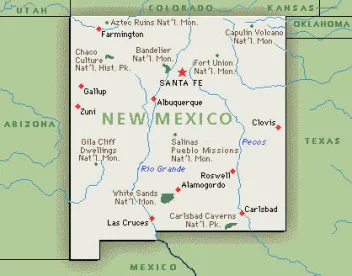On November 20, 2013, the New Mexico Public Regulation Commission, by a 3-2 vote, made significant changes to the way in which renewable energy standards are regulated. Consistent with the Renewable Energy Act, NMSA 1978, Section 62-16-1 et seq., the Commission retained the requirement that the renewable portfolio standard shall consist of no less than 15% for each plan year from 2015 through 2019 of the utility’s plan year total retail energy sales and no less than 20% for the plan year 2020 and thereafter of the utility’s plan year total retail energy sales. While the statute does not define what the makeup of the diversity requirements are, under the Commission's rules codified at 17.9.572 NMAC (New Mexico Administrative Code), a fully diversified renewable energy portfolio consists of no less than 30% of the renewable portfolio standard requirement to be met using wind energy, no less than 20% to be met using solar energy, and no less than 5% to be met using one or more of the other renewable technologies. Other renewable technologies include geothermal, fuel cells that are not fossil fueled, and biomass resources such as agricultural or animal waste, small diameter timber, landfill gas and other similar vegetation based resources. Renewable technologies do not include nuclear energy.
The Commission made two major significant changes when looking at a company’s portfolio. First, the Commission determined that utilities would now receive double the credit for every kilowatt-hour of solar power that is produced and triple credit for other (non-fossil fueled) alternative energies, such as geothermal or biomass. Changing the calculation should make it easier for companies to meet the diversity percentages, but critics contend that it will decrease the actual amount of alternative energy resources that are actually developed. The second major change made by the Commission expanded the factors used to calculate the cost of renewables. Utilities will now be required to include both the savings and the costs caused by changes to the entire system when establishing a new renewable energy generation facility. This will include existing generation, operation and maintenance expenses and costs of backup energy systems which might be needed when wind or solar facilities are not producing electricity. This should provide a more accurate calculation of the full costs associated with renewable energy projects.
A detailed summary of comments and testimony and the Commission's order may be found under Case No. 13-00152-UT, In the Matter of Amending Rule 17.9.572 NMAC, Renewable Energy for electric Utilities which can be found here under "Case Lookup Edocket".






 />i
/>i

